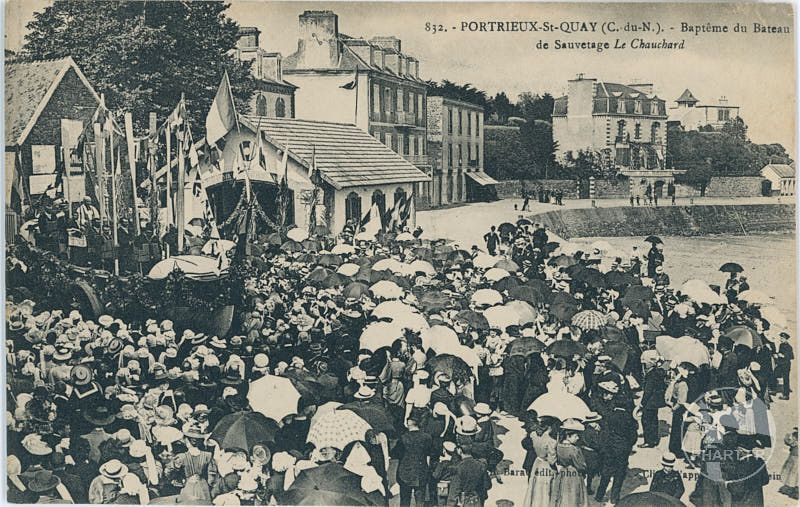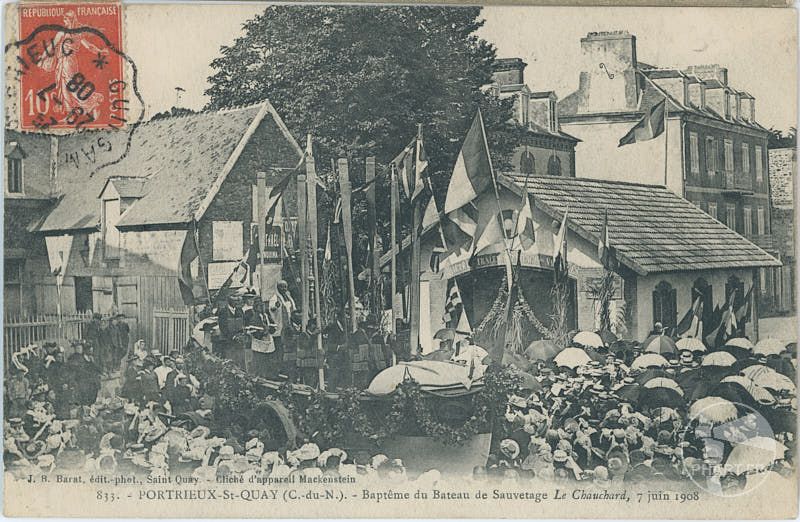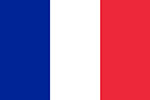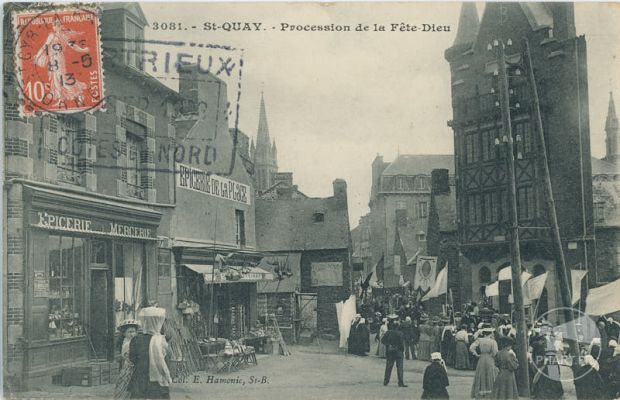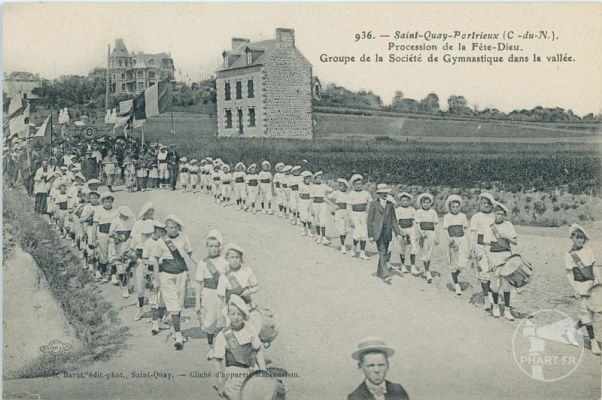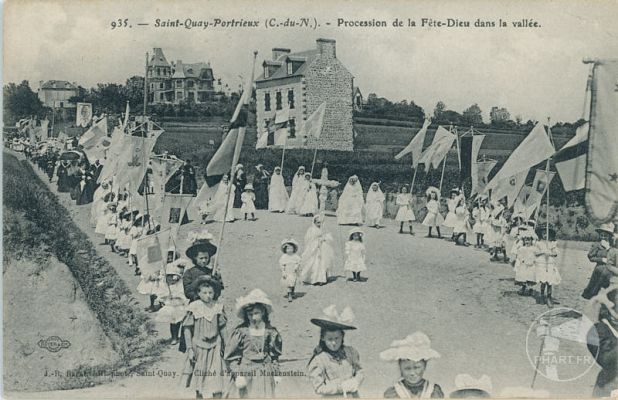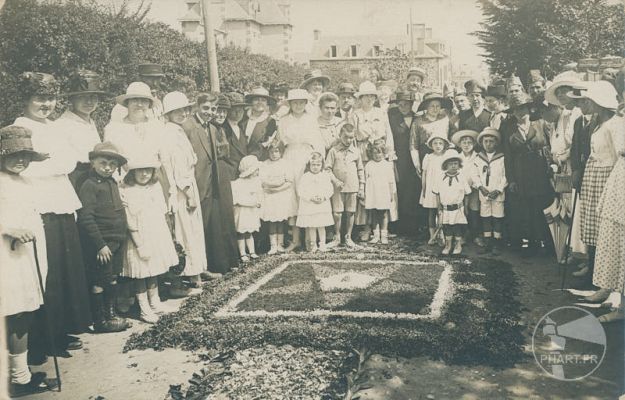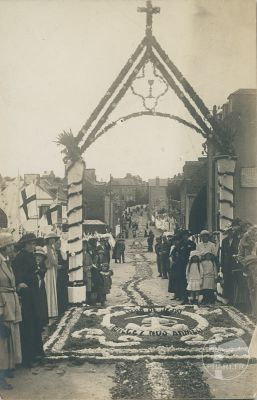TO THE RHYTHM OF RELIGIOUS CEREMONIES
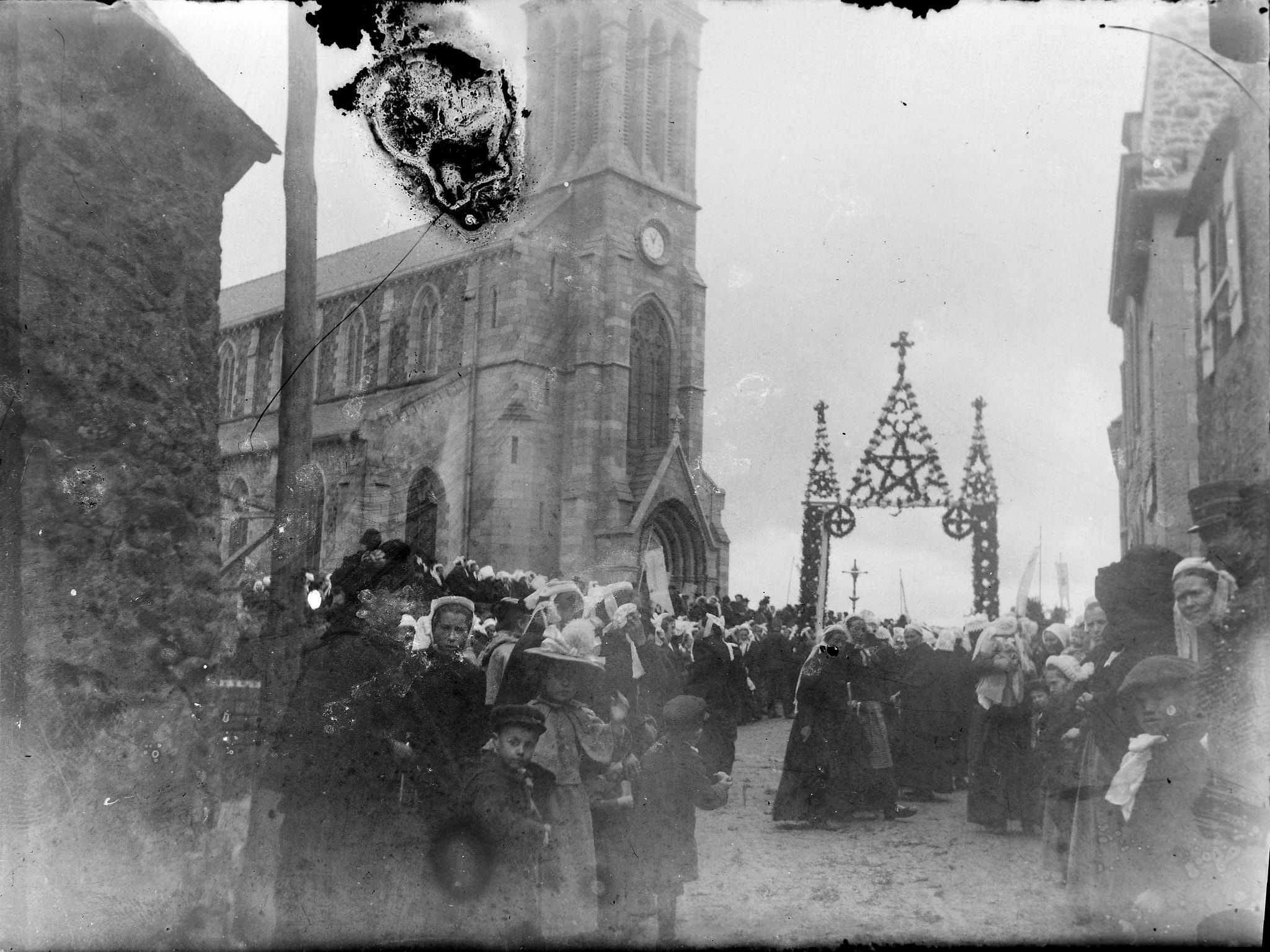
The voice of the bells
The voice of the bells set the rhythm of daily life. They rang the hours and announced the angelus morning, noon and night. Tinntements, volée, glas and tocsin marked the beginning and end of services, as well as christenings, weddings, funerals, declarations of war, armistices… All events were echoed by the bells.
Between 1884 and 1930, four bells were cast in Villedieu-les-Poêles, a town renowned for its bell foundries, and donated by parishioner families or financed by subscription. They form a beautiful carillon, electrified since 1929.
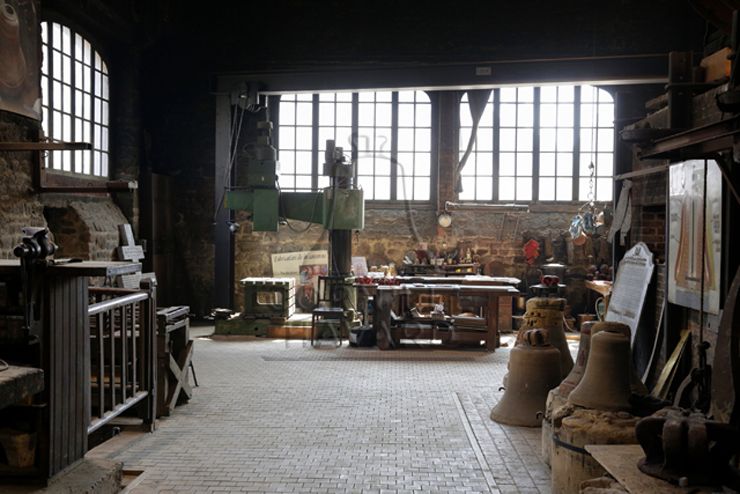

Since the Middle Ages, bells have been considered people, and have been given the names of godfathers, godmothers or patron saints. The bells in Saint-Quay church were solemnly christened and named :
Paul-Rose-Adèle, who gives the DO and weighs 1,250 kg
Marie-Louise, who gives the RE and weighs 550kg.
Marie-Thérèse-Théophile, who gives the MI and weighs 723 kg
Thérèse-de-l’Enfant-Jésus, who gives the SOL and weighs 480kg. It comes from the recasting of one of the old church bells, Victoire-Benjamine-Marie, which had not been destroyed.
Ceremonies through the ages
Until the middle of the 20th century, ceremonies spread throughout the year brought together a large proportion of the population, giving a high profile to religious practice.
Of course, there were the Sunday services, and the major feasts: Christmas, Easter, Ascension (40 days after Easter), Pentecost (50 days after Easter), Assumption (August 15) and All Saints’ Day (November 1).
In addition, we celebrated on fine days:
Pardons, with blessings from the sea
– pardon de Sainte-Anne on July 26
– pardon de Notre Dame de la Garde on the 3rd Sunday in July
– pardon de Saint-Quay, also in July.
Solemn Communions, usually on Pentecost Sunday, when communicants were paraded in costume.
Processions such as Rogations, intercessory prayers to bless the work in the fields, took place during the 3 days preceding Ascension Day.
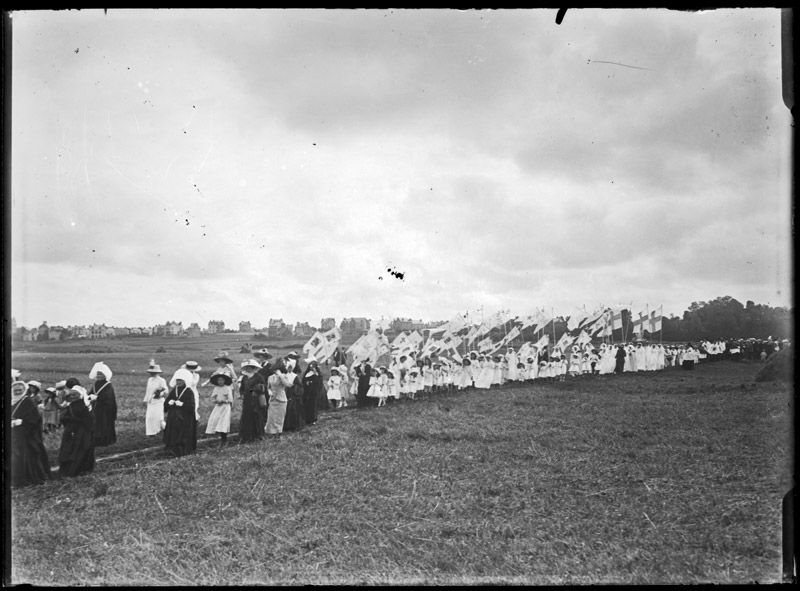
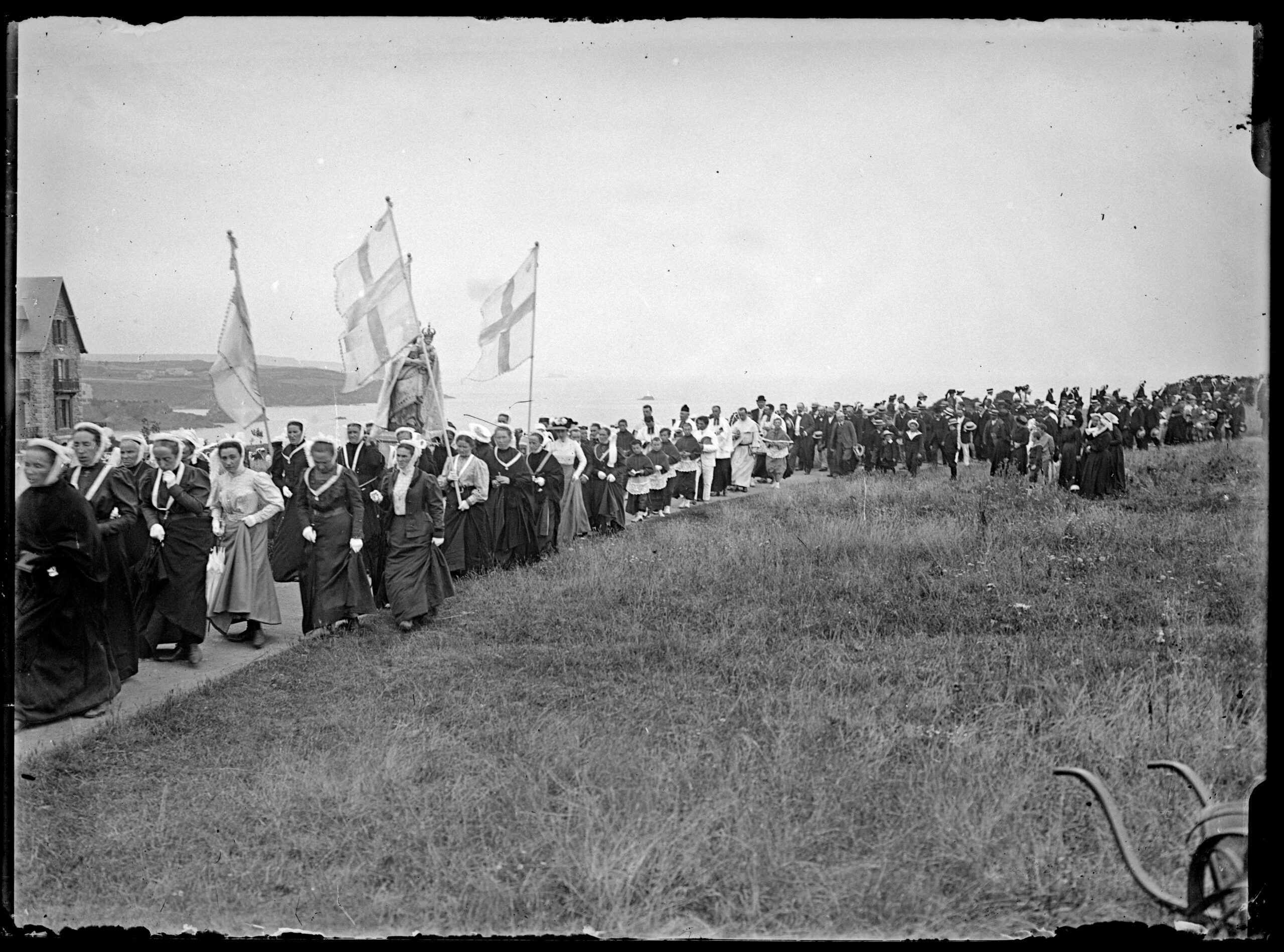

The Feast of Corpus Christi and its flowery route, depicted in the illustration on the panel, was particularly spectacular. Since the 13th century, it took place 60 days after Easter. At the head of the procession, the officiant presented a monstrance containing the Eucharist. The procession followed carpets of flowers laid out by children and the faithful, with stations at reposoirs, flower-covered altars at which blessings were bestowed.
Now known as the “Feast of the Holy Sacrament of the Body and Blood of Christ”, this ceremony no longer includes a procession.
